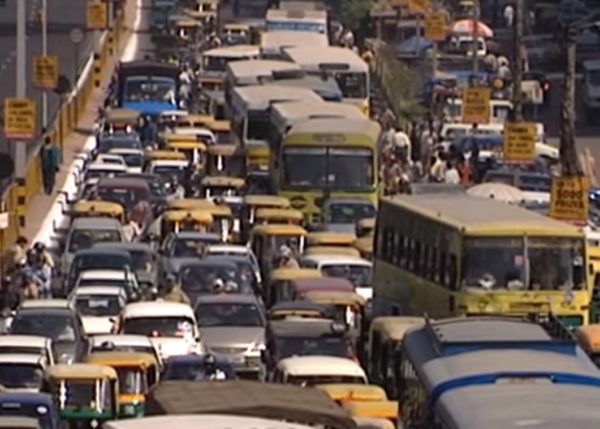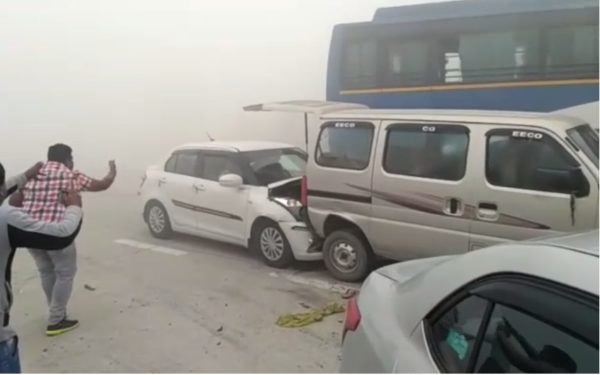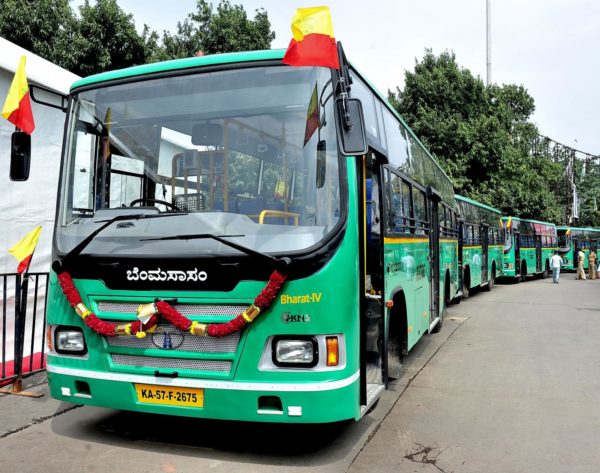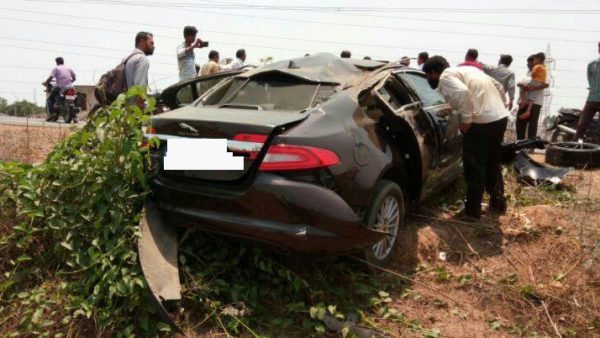One of the largest consulting firms in Japan with a very strong footprint in Asia & Europe, NRI (Nomura Research Institute) has released a report which captures the current state of mobility in India, including the infrastructure as well as the various forms. It goes on to define the challenges faced by mobility in terms of capacity, capacity utilisation as well as issues plaguing it e.g. pollution, safety, affordability. Lastly, it details a vision for the future of mobility.
Called ‘Transforming Mobility’, the report digs deep into the vast geographical expanse of India and reiterates the fact that dispersion of points of production and consumption make the transport sector a crucial driver for GDP growth. The synopsis of the report states that Road infrastructure plays a major role in on-surface transportation of both goods and passenger traffic in India, carrying 2,871 Bn Tonne km of freight as well as 18,109 Bn Passenger Km annually. However, the quality of our roads needs improvement.
On an average, trucks in India cover about 250-300 km per day as against 700-800 km in developed countries. In our cities, congestion leads to drastic drops in speed with average speed in Delhi being ~ 26 kmph. The World Economic Forum ranks India as 55 th in terms of road infrastructure. Within cities there are also multiple challenges on account of heterogeneity of traffic e.g. slow speed e-rickshaws sharing roads with cars that leads to immense zig –zag movement and hence congestion. Besides this, a lack of parking facilities aggravates the issue by increasing congestion due to roadside parking, creating reluctance in switching to public transport with the first and last mile
being in private vehicles due to limited parking at metro stations, etc.
Lack of proper parking areas for app- based cabs which stay on the road for as long as 8-12 hours also leads to high congestion on busy roads. Buses are a popular mode of transport. India, with a penetration of about 1.7 buses per 1,000 people, however, lags behind countries such as Thailand (8.6), South Africa (6.5), USA (2.7). Bus Rapid Transport (BRT) corridors have also not been able to succeed in most of our cities with Ahmedabad and Surat being the only outliers.
Metro and mono rail infrastructure is growing in Indian cities. The ridership is still not very high compared to other global cities. For instance, the ridership per km in Delhi is 10, 879 as against 14,593 in Shanghai, 14,467 in New York and 27,811 in Sao Paolo. On top of that, cities other than Delhi do not have an expansive metro network. Additionally, low quality infrastructure and poor on-time performance, uncoordinated timetables, lack of connections at transfer stops, buying new ticket with every change of mode and no single authority to maintain and coordinate urban transit network lead to fewer people opting for public transport.
As a result, ¾th of the 227 Mn vehicles running on roads are two wheelers with several people also using inefficient intermediate public transport such as shared Autos, E-Rickshaws, over crowded vans, coupled with journeys on foot. All these factors have led to hazardous levels of pollution in cities. As a case in point, while the number of vehicles per km in Delhi (using registration data) is 176, the Air Quality Index (AQI) is (Hazardous) 457 while London with 220 vehicles per km has an AQI of 58 (Moderate) and Tokyo with 132 vehicles per km has an AQI of 66. Therefore, dust on roads, construction dust and to some extent other forms of vehicles e.g. heavy trucks plying through cities are a big contributor to the high city pollution levels.
In addition, while the overall number of road accidents has decreased, an increasing severity of accidents has emerged as a major challenge. About 11 people per 100,000 were killed in road accidents in 2014. There is a need for development of mobility that is Safe, Clean, Affordable, Shared and Smart. This can be achieved by:
- Creating public transport systems which are well integrated with each other to fulfil the
need for transit in a smooth and hassle free manner - Adoption of zero / low emission vehicles and measures for reducing non-vehicular dust related pollution
- Intelligent mobility solutions such as smart traffic lights and lane management systems, redesign of roads post identification of bottle necks and planning separate lanes for slow moving traffic for reducing heterogeneity of speeds on roads
- Smart parking management e.g. integrated database of parking with app based parking spot finder, dynamic pricing of parking spots, parking regulations for app based taxis as well as for parking in residential areas
- Initiatives should be taken for sharing transport infrastructure and making sustainable transport options more affordable and acceptable e.g. car pooling and making public transport more affordable to enable people who take inefficient intermediate public transport or non – motorised options switch to public transport
- Lastly, it is important to prioritise these measures in terms of the impact / coverage of population as well as the ease of implementation e.g. Footpaths and walk-ways maybe easier to implement and will impact a large portion of people who make their journey on foot.
- Similarly stringent in – use vehicle pollution check will help bring down pollution, stricter traffic law enforcement will also reduce congestion and make roads safer. In addition, simpler measures such as vacuum cleaning of roads and creation of vertical and median garden and enforcement of dust control norms in construction sites will reduce dust and hence pollution levels.
In the mid to longer term, we could get the next set of improvements e.g. through an integrated traffic management system, smart parking solutions, etc. In a nutshell, it is essential that in our quest for transformation of mobility we
ensure that solutions are sustainable, scalable and also all encompassing.




